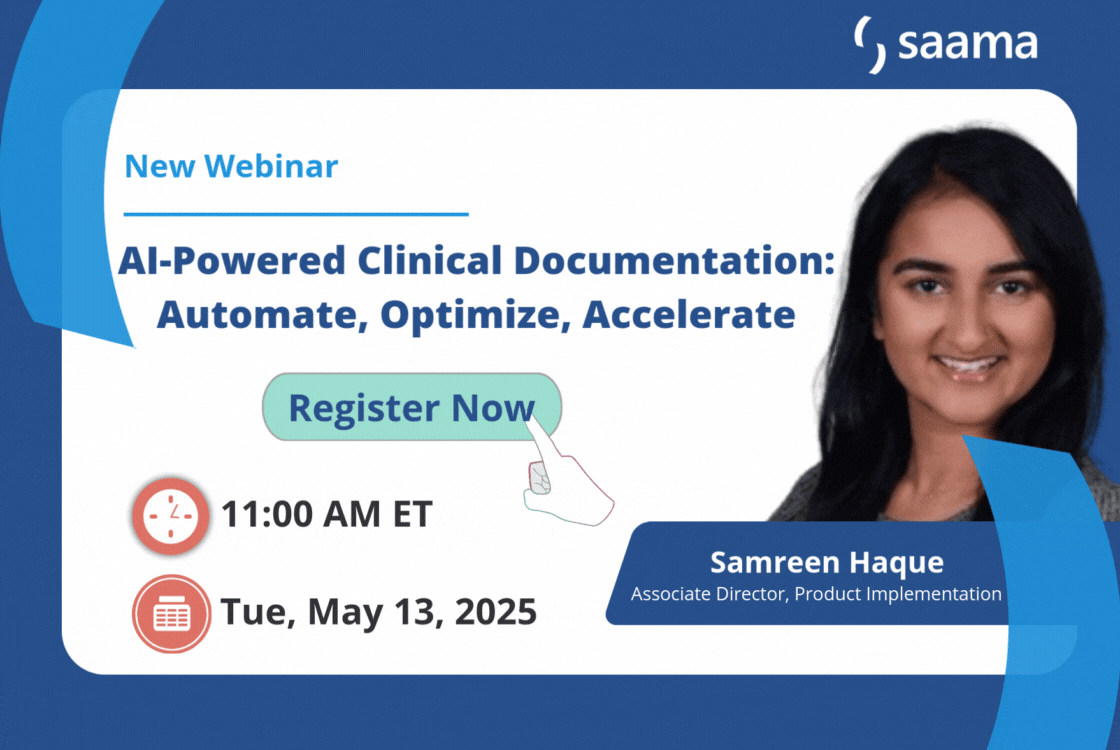In our previous blog post, we covered exactly what Chat GPT is and how it works. Let’s do a deeper dive into what it all means for life sciences companies — and how we can apply ChatGPT to support analytics within our industry.
ChatGPT provides an API for integration. Developers can use this API to post questions and receive responses that can be parsed and shown on screen. Life sciences companies can also train the ChatGPT model to understand business context so that it can provide more accurate answers — which is obviously essential for healthcare decision-making.
Here are a few tips to improve your user experience:
- Break it down. ChatGPT can be used to write complex queries/code. However, the best results are achieved if the requirement can be explained in a simple question. While ChatGPT may have a very good general and technical knowledge, it would not understand the business context (especially in a field as complicated as life sciences) unless you break it down into simple words.
- Simplify your search. We can’t express this enough — simplify and use caution. You should make sure to be careful and specify conditions, like if a relationship exists between two tables and “if yes then what” — otherwise, ChatGPT might provide an assumption-based answer. Do be careful to not post any proprietary code, including libraries, domain names, etc.
- Empower the user. Chat GPT empowers users who may not have a comprehensive knowledge of writing complicated algorithms. You can copy and paste data sets ask questions such as “Please review my data and point out the outliers.” ChatGPT will then point out what it would think as the outlier. However, ChatCPT may not point out the correct outlier, given the context of the dataset. And there is huge risk in pasting proprietary data sets within ChatGPT, such as violating company policies or HIPAA regulations.
All of this sounds amazing, right? It is — provided you know how to use ChatGPT correctly and don’t share any proprietary data. As AI platforms continue to grow and evolve, there are also certain limitations to consider. In our next blog, we’ll discuss the current limitations of using ChatGPT, and why it’s crucial to continue to “keep a human in the loop” — like we do here at Saama.

